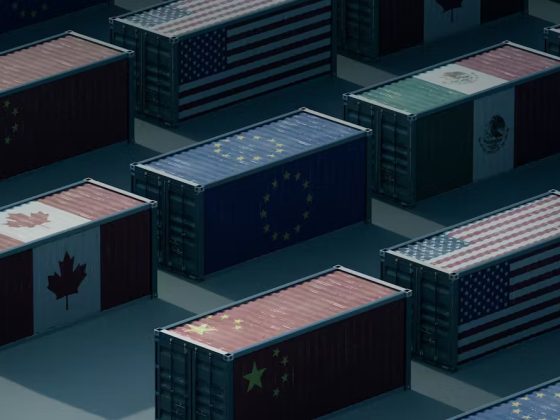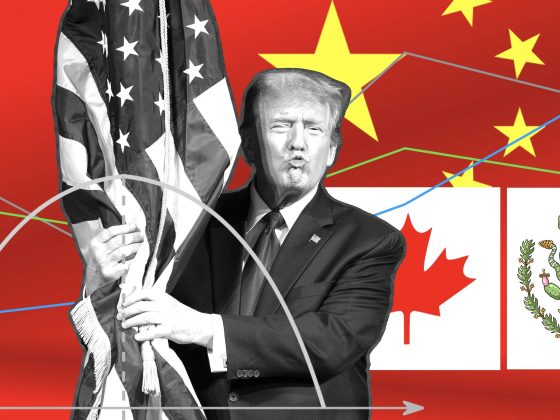The COVID-19 pandemic is swiftly rewriting the landscape of the stock market into a tragedy.
2.9 million people are confirmed to have COVID-19 as of the April 27 tally, a figure which will continue to grow in the following days until the novel coronavirus is contained.
The pandemic is not just a health crisis but also an economic one. COVID-19 has spiked the volatility of global stock markets to record-breaking magnitudes and has indirectly sparked troubles which are further aggravating the instability.
Chain reaction
To suppress the exponential growth of the rate of infection, governments around the world have imposed shelter-in-place and lockdown measures, forcing people to stay in their homes. With this, businesses are forced to limit or put their operations to a full stop.
The social distancing protocols that are enforced to fight this pandemic is inevitably hurting the economy.
When people stay in their homes, the demand for goods and services are lowered. This also entails a smaller labour force to keep the economy up and running. With lower revenue, companies are subsequently compelled to remove some of their workers — unemployment skyrockets.
The lowered demand has affected not only businesses but also the political landscape. It can be recalled that the recently resolved Saudi Arabia-Russia oil price war was not solely due to lowered demand for oil — it also was about conflict in political interest.
As we can see here, the pandemic has brought a series of chain reactions that continue to hurt the market and sow distrust among investors.
However, unlike the economic disasters of the past like the 2008 financial crisis, the economic turmoil brought by COVID-19 cannot be resolved by simply regaining trust — we need to stop the pandemic. To do so, we have to halt the physical processes which enable economic growth. This is what makes the pandemic economically fatal.
Fallout
The U.S Securities and Exchange Commission devised market-wide circuit-breakers in order to prevent extreme market crashes from happening.

It comes in three levels. The first and second levels are triggered when a 7% drop and a 13% drop are detected, respectively. For Level 1 and 2, stock trading will stop for 15 minutes.
The level 3 circuit-breaker is triggered when a 20% drop is detected, in this scenario, trading will stop until the next trading day.
These circuit breakers are implemented for the S&P 500, the Dow and the Nasdaq. For the longest time, the level 1 market-wide circuit breaker was triggered only once back in 1997.
Then came March 2020 where some of the days have been marked as some of the worst market crashes in history. That month, the level 1 market-wide circuit breaker was triggered four times: March 9, 12, 16, and 18.
Even the economic powerhouse, China, which has maintained a streak of growth for more than 40 years for the first time experienced a plunge in their gross domestic product (GDP). However, investors are encouraged by the gradually lifting restrictions in the country so the country’s listed stocks in the CSI 300 index are still performing decently.
Bouncing back
In order to alleviate the impact of the pandemic, President Trump has already signed a massive US$2 trillion stimulus package which will offer assistance to Americans affected by the pandemic.
This package will directly provide payments to individuals, enhance unemployment coverage, provide loans to struggling industries, and give grants to healthcare providers.
Meanwhile, the Chinese government has already pumped a liquidity boost worth US$226 billion to their bank in order to help the affected businesses.
As for the effect of these stimulus packages, the impact is hard to measure, this is something that will be observed in the weeks to come.
The road to bouncing back is more than just the elimination of the pandemic. As shown in China where the restrictions are slowly being removed, going back to the way things used to be is more difficult than it seems.
People will continue to be hesitant to get out of their homes for a time period even after the containment of the pandemic. The process of healing the economy — and the world as a whole — will be a painful, gradual process which will demand a lot of follow-through policies from governments as support.









